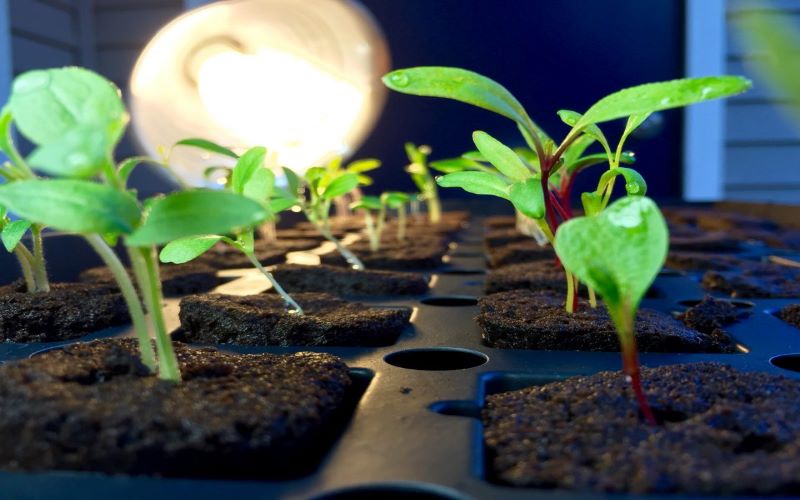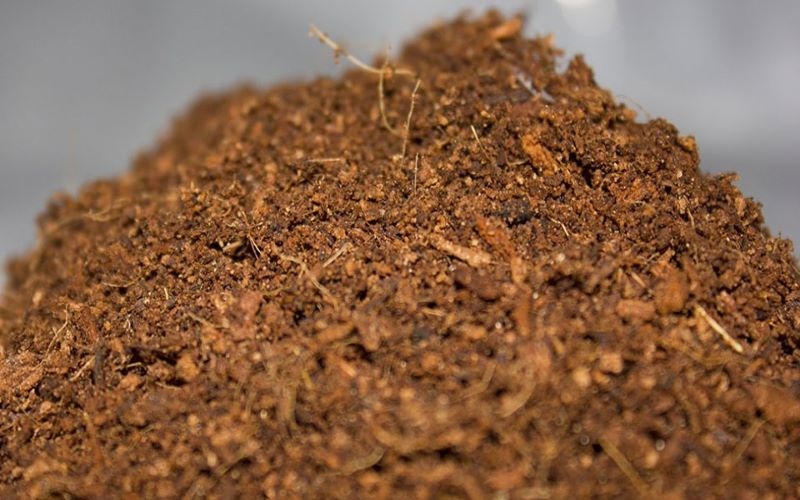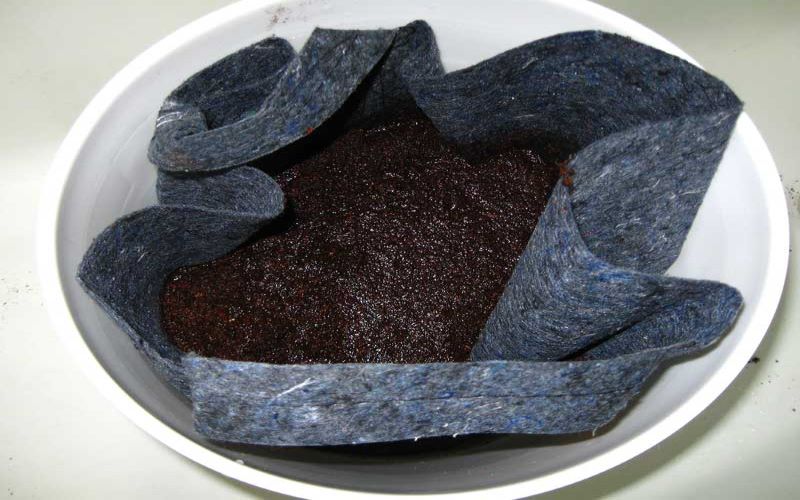Some tips for you to use coco coir in hydroponics more effectively
Some tips for you to use coco coir in hydroponics more effectively

Coco coir has become one of the most popular growing media in hydroponics using. It is an organic medium which can retain water and oxygen greatly, and support the roots structure and plant growth productively. Coco coir is also a substrate for newbies in hydroponics, because it allows us to grow in hydroponics without having a complete hydroponic system. However, coco coir in hydroponics requires special care and consideration to ensure the health of plants and root systems to produce high yields.
Coco coir in hydroponics gardening

It is also important for you to understand the different kinds of coco coirs. As we have already known, there are 2 types of coirs: the white coir and the brown one. The white coirs are very flexible but not strong enough because their derivation is from unripe coconuts. On the other hand, manufacturers derive the brown ones from ripe coconuts. The coir from ripe coconuts are super durable and strong, but without flexibility .
In the particular hydroponics gardening, the brown coco coir is far more suitable. Because not only manufacturers process it better, but it also can support your plants well and is less vulnerable to some harmful organisms in a hydroponic garden. Moreover, the best coco coir in hydroponics will have a very low salt content. However, you should be as careful as possible and always wash it with a highly nutritious solution with a low EC figure before using.
Some tips for using coco coir in hydroponics
Hydrate and wash coco coir before using

There is a disadvantage of coco coir which is the naturally high amount of salt it contains that can kill your plants. Hence, it is necessary to wash your coco coir in the pH balanced water to remove the salt. You need to continue washing the coco coir until it releases the total number of tannins. When you see the water turn brown, it means the tannins have been dissolving. When the water turns clear, it means you have just rinsed the tannins, as well as salt completely. Some manufacturers choose to rinse and remove the salts at the pre-final processing, so you can consider spending a pretty more on your coir to eliminate this step.
Coco coir in hydroponics need adding some specific nutrients

The traditional hydroponics nutrient substances contain great levels of phosphorus and potassium, so you do not need to add more if using coco coir. Instead, you need to look for a specific nutrient addition for coco coir, or use individual additions. The main nutrients that coco coir in hydroponics will need are calcium and magnesium. Besides, coco coir in hydroponics requires much nitrogen, so you should add the nutrient supplement containing high nitrogen levels.
Increase the levels of oxygen
Originally, because of the coarseness of coco coir, it provides air pockets to make itself become an incredible oxygen source. However, when you first hydrate coir, those air pockets have a tendency to shrink. Therefore, to improve the levels of oxygen by releasing the air pockets, it is essential for you to make coco coir be more fluffy before adding it to the hydroponics system. It may get your hands dirty and break up some clumps too. Beside, adding glass stones or perlite will be also a great way to increase aeration levels as well.
Add good bacteria to coco coir in hydroponics

Conclusion
The article above has shown you the coco coir in hydroponics. In the hydroponics field, you need to choose the right type of coir that is the brown coir. Moreover, to get the highest consequence, you can add more nutrients and increase the oxygen levels of coco coir. If you want to buy the good-quality coco coir in Vietnam, you can contact Tropicoco with the follow information:
Contact information
Tropicoco – The best substrate
Address: No.20 Ngan Long Villa, Nguyen Huu Tho street, Nha Be dist, Ho Chi Minh City
Email: giathe@tropical.vn
Hotline: +84 983230879
Open Hours: Mon-Sat: 8.00AM-5.00PM; Sunday: Closed

